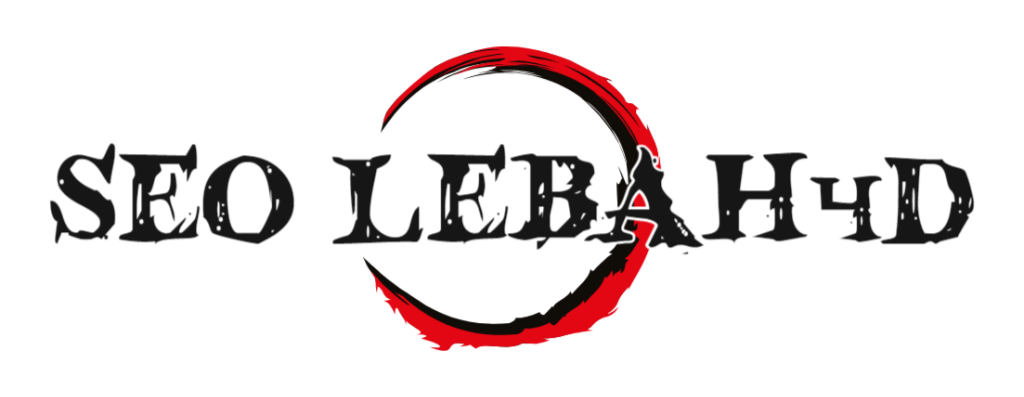Lebah4D Daftar Situs Togel Online & Situs Toto 4D Terpercaya Di Indonesia
Sale Price:IDR 10,000.00 Original Price:IDR 50,000.00
sale

Lebah4D adalah situs toto togel online 4D yang sudah meiliki lisensi resmi untuk menjadi agen togel online terpercaya, Situs lebah4D juga sudah menyediakan beragam pasaran yang ada untuk memberikan kemenangan besar 4D dan 3D dengan total hadiah sebesar 30 juta rupiah yang bisa kamu bawa pulang. Dan jangan takut jika pihak lebah4D tidak membayar karena situs lebah4D akan membayar berapapun kemenangan anda!!

